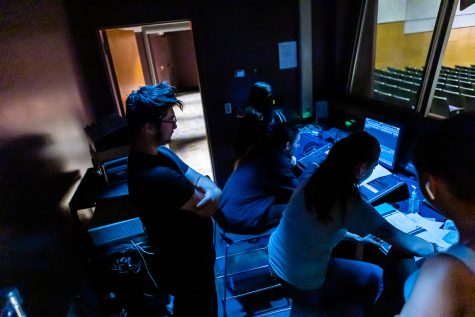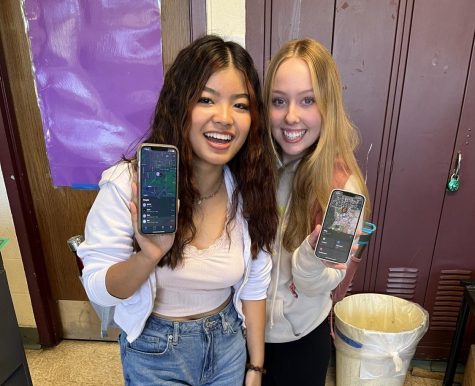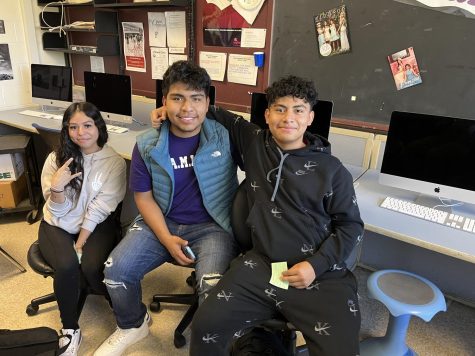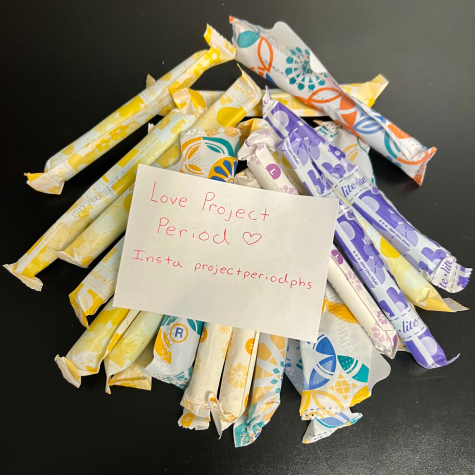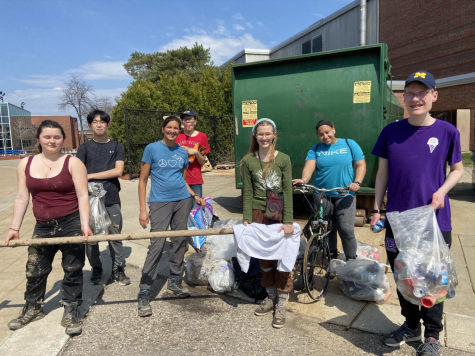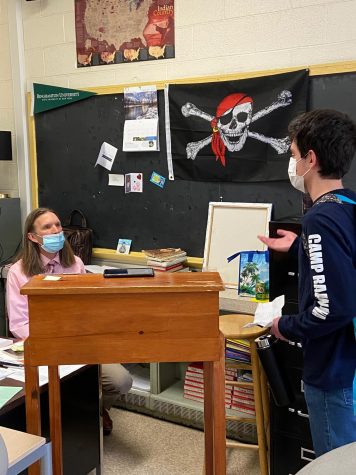‘Sustainable style’ is easier said than done but student interest grows
As climate change awareness spreads, today’s students are becoming advocates for the premise of sustainable living — and now that is extending to the very clothes on their backs
According to Angela Hood, Pioneer Earth Science teacher, this generation of teenagers “has the ability to be more influential than any other generation before them.” From organized walkouts to sustainability coalitions, students seem more aware of the climate-related issues that are embedded within each facet of society. Yet, throughout all these conversations about a sustainable lifestyle, fashion seemed to rarely be brought up, until now. Interest in “sustainable clothing” in growing. According to Green Strategy, “sustainable fashion can be defined as clothing, shoes and accessories that are manufactured, marketed and used in the most sustainable manner possible, taking into account both environmental and socio-economic aspects.”
According to the United Nations, 10 percent of global carbon emissions and 20 percent of water waste are produced by the fashion industry. While this is not the most substantial misuse of the world’s carbon budget, if this continues, by 2050 it is estimated that the fashion industry will use a quarter of the world’s carbon budget. The fashion industry proves to be a considerable user of the carbon budget, yet students have rarely taken action against their favorite fashion brands for these wasteful habits. The fashion industry also can have a damaging social impact. Many children and adults in developing countries work in factories with dangerous conditions and low pay.
Some students at Pioneer say that while they are aware of the fashion industry’s environmental issues, addressing sustainably is simply not very realistic, due to cost and accessibility. “I buy clothes that are easy to find, and brands
that practice sustainability are less accessible,” said junior Noah Jackson.
His wardrobe consists mainly of Urban Outfitters and other “fast fashion” brands, similar to his peers. Brands that strictly focus on sustainability, like Reformation, tend to sell jeans that cost around $128, while Forever 21 sells jeans for $28. “I think I’ve been thrifting once, and honestly it wasn’t that successful,” said Jackson.
If accessibility is low and cost is high, fast fashion brands are able to thrive with their abundance of locations and staggeringly low prices. This is why teens have often missed out on sustainable clothes that are too inaccessible and expensive to find. But junior Sarah Beybeck, co-president of the Sustainability Coalition at Pioneer, has a completely different outlook than many of her peers when it comes to dressing sustainably. For Baybeck, sustainability is something she tries to practice in all aspects of her life, from reusable items in her lunchbox, to the clothes she wears everyday. She is calling on her peers to follow her in practicing what they preach when possible, and says responsible fashion can be had for less money than many think.
“If you can’t vote, you have to put your money where your mouth is,” she said. Baybeck insists that sustainable living should take precedence over cost concerns. “You can’t put a price tag on Earth,” she said, adding that students should focus on “thrifting, working with what you have, and investing in high quality pieces that will last a long time.”
There are currently several sustainable clothing brands getting attention, including Everlane, Reformation, Outdoor Voices, Thought Clothing, Pact, thredUP, ABLE, Made Trade, People Tree, and Alternative Apparel, and some are recognized particularly for trying to be competitively priced.
Adults like Hood believe that through the power of social media teens can influence each other on how to dress sustainably by reposting brands they find interesting and just by speaking their minds. “There was nothing I could have done when I was 16. I don’t even think we had MySpace yet, but you guys have the power to effect real change through social media,” said Hood.




